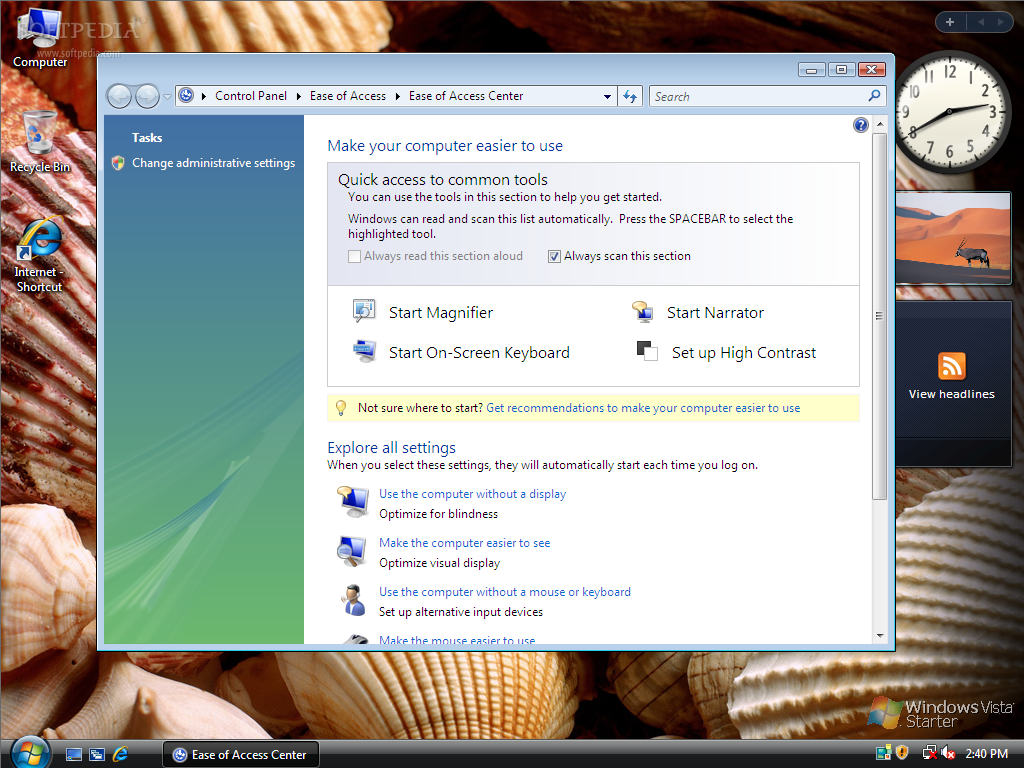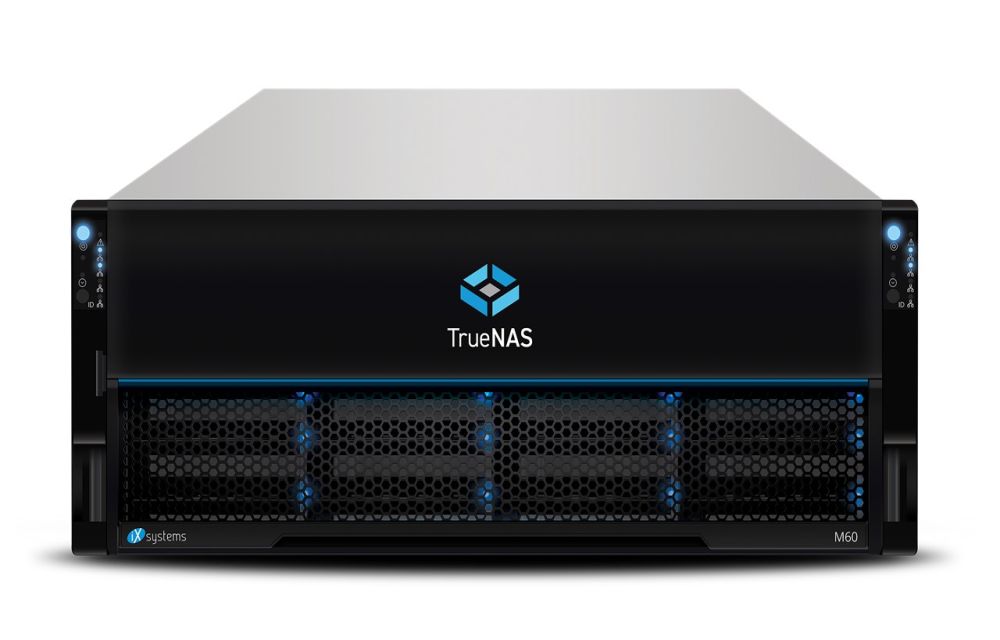

- OPENZFS HARDWARE REQUIREMENTS SERIAL NUMBERS
- OPENZFS HARDWARE REQUIREMENTS FULL
- OPENZFS HARDWARE REQUIREMENTS SOFTWARE
- OPENZFS HARDWARE REQUIREMENTS FREE
One normally would use a fast SSD for the ZIL. ZIL (ZFS Intent Log) drives can be added to a ZFS pool to speed up the write capabilities of any level of ZFS RAID. $ sudo zpool add example raidz /dev/sdf /dev/sdg /dev/sdh /dev/sdi This is better performing than RAIDZ but at the cost of reducing capacity. Like RAID50, RAID60, striped RAIDZ volumes. $ sudo zpool create example raidz3 /dev/sdb /dev/sdc /dev/sdd /dev/sde /dev/sdf /dev/sdg $ sudo zpool create example raidz2 /dev/sdb /dev/sdc /dev/sdd /dev/sde /dev/sdfģ parity bits, allowing for 3 disk failures before losing data with performance like RAIDZ2 and RAIDZ. Like RAID6, with double the parity for 2 disk failures with performance similar to RAIDZ. $ sudo zpool create example raidz /dev/sdb /dev/sdc /dev/sdd /dev/sde Allows a single disk failure without losing data. Allows one to get the most capacity out of a bunch of disks with parity checking with a sacrifice to some performance. Like RAID5, this uses a variable width strip for parity. Sudo zpool add example mirror /dev/sdd /dev/sde

Sudo zpool create example mirror /dev/sdb /dev/sdc Sudo zpool create example mirror /dev/sdb /dev/sdc mirror /dev/sdd /dev/sde Example, creating striped 2 x 2 mirrored pool: Create mirrored pairs and then stripe data over the mirrors. Much like RAID10, great for small random read I/O. $ sudo zpool create example mirror /dev/sdb /dev/sdc Example, creating mirrored pool with 2 VDEVs For N VDEVs, one will have to have N-1 fail before data is lost. Much like RAID1, one can use 2 or more VDEVs. $ sudo zpool create example /dev/sdb /dev/sdc /dev/sdd /dev/sde

Example, creating a striped pool using 4 VDEVs: This is not recommended because of the risk of losing data if a drive fails. This has no parity and no mirroring to rebuild the data. /home/user/example.img is a file based VDEV.$ sudo zpool create pool-test /home/user/example.img $ dd if=/dev/zero of=example.img bs=1M count=2048 In the following example, we use a single 2GB file as a VDEV and make a zpool from just this one VDEV: There are plenty of other ways to arrange VDEVs to create a zpool. /dev/sdc, /dev/sdd, /dev/sde, /dev/sdf are the physical devices.$ sudo zpool add mypool mirror /dev/sde /dev/sdf -f Next, we add another VDEV of 2 drives in a mirror to the pool: $ sudo zpool create mypool mirror /dev/sdc /dev/sdd The following example, we create a zpool containing a VDEV of 2 drives in a mirror: One can see the status of the pool using the following command: They merely make examples herein easier to read. The examples here should not suggest that 'sd_' names are preferred.
OPENZFS HARDWARE REQUIREMENTS SERIAL NUMBERS
Notice: If you are managing many devices, it can be easy to confuse them, so you should probably prefer /dev/disk/by-id/ names, which often use serial numbers of drives. Striping is performed dynamically, so this creates a zero redundancy RAID-0 pool. $ sudo zpool create pool-test /dev/sdb /dev/sdc /dev/sdd In the following example, a pool named "pool-test" is created from 3 physical drives: One or more ZFS file systems can be created from a ZFS pool. A device can be added to a VDEV, but cannot be removed from it.Ī zpool is a pool of storage made from a collection of VDEVS.
OPENZFS HARDWARE REQUIREMENTS SOFTWARE
Hot Spare - hot spare for ZFS software raid.ZFS software raidz1, raidz2, raidz3 'distributed' parity based RAID.Physical Drive (HDD, SDD, PCIe NVME, etc).
OPENZFS HARDWARE REQUIREMENTS FULL
One should avoid this and use a full device name path using /dev/disk/by-uuid to uniquely identify drives to avoid boot time failures if device name mappings change.Ī VDEV is a meta-device that can represent one or more devices. For further information on ZFS, please refer to some excellent documentation written by Aaron Toponce.įor the sake of brevity, devices in this document are referred to as /dev/sda /dev/sdb etc.
OPENZFS HARDWARE REQUIREMENTS FREE
Also note that currently only MAAS allows ZFS to be installed as a root filesystem.Ī minimum of 2 GB of free memory is required to run ZFS, however it is recommended to use ZFS on a system with at least 8 GB of memory.īelow is a quick overview of ZFS, this is intended as a getting started primer. Note that ZFS is only supported on 64-bit architectures. ZFS support was added to Ubuntu Wily 15.10 as a technology preview and comes fully supported in Ubuntu Xenial 16.04.


 0 kommentar(er)
0 kommentar(er)
